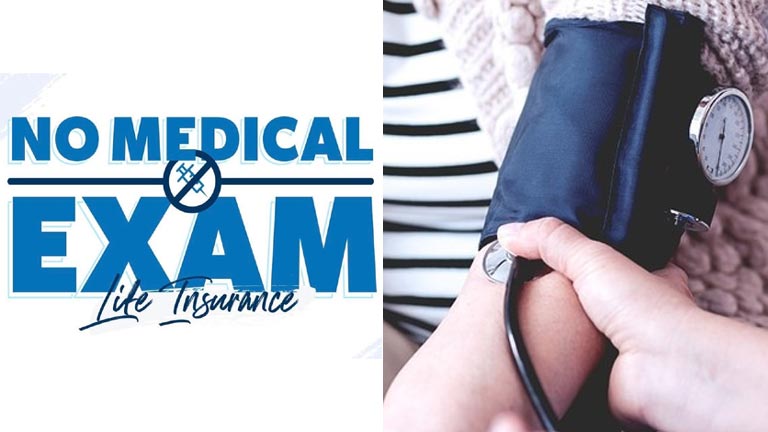
Shooting range owners understand the importance of safeguarding their businesses with comprehensive insurance coverage. However, the cost of shooting range insurance can vary significantly based on several factors. In this blog post, we’ll delve into the intricacies that influence insurance costs, offering a nuanced perspective to help range owners make informed decisions.
1. Location Matters
The geographical location of a shooting range plays a pivotal role in determining insurance costs. Urban areas may experience higher premiums due to increased exposure and potential risks. Additionally, proximity to emergency services and local crime rates can impact insurance pricing. It’s crucial for range owners to assess the specific risks associated with their location and negotiate premiums accordingly.
2. Security Measures
Investing in robust security measures can be a game-changer for shooting range owners seeking to mitigate insurance costs. Insurance providers often consider the security infrastructure in place, including surveillance systems, access controls, and alarm systems. Demonstrating a commitment to risk prevention can lead to more favorable insurance rates when comparing insurance for shooting ranges.
3. Safety Protocols and Training
Proactive safety measures not only reduce the likelihood of accidents but also contribute to lower insurance premiums. Implementing strict safety protocols and providing thorough training for both staff and patrons can be seen as a positive risk management practice. Insurance providers value ranges that prioritize safety, and it reflects in more affordable coverage.
4. Range Equipment and Maintenance
The condition and maintenance of shooting range equipment can impact insurance costs. Regular inspections, proper upkeep, and adherence to industry standards signal to insurers that the range is committed to preventing accidents and minimizing risks. Well-maintained equipment often leads to more favorable terms in insurance policies.
5. Experience and Track Record
The experience and track record of a shooting range can influence insurance pricing. An established track record of safe operations, coupled with a history of minimal claims, can contribute to lower premiums. Insurance providers are more likely to offer competitive rates to ranges with a proven commitment to responsible business practices.
6. Coverage Limits and Deductibles
Carefully assessing coverage limits and deductibles is essential for managing insurance costs. While higher coverage limits provide more extensive protection, they also come with increased premiums. Finding the right balance and opting for deductibles that align with the range’s risk tolerance can help strike a cost-effective insurance deal.
7. Legal and Regulatory Compliance
Adhering to all relevant laws and regulations is a non-negotiable aspect of running a shooting range. From zoning laws to safety regulations, compliance can positively impact insurance costs. Insurance providers are more likely to offer favorable terms to ranges that demonstrate a commitment to legal and regulatory requirements.
8. Patron Policies and Screening
The policies in place for range patrons can influence insurance premiums. Implementing thorough background checks and screening procedures for individuals using the range can be viewed favorably by insurance providers. This extra layer of diligence can contribute to a safer environment and potentially lower insurance costs.
9. Industry Trends and Benchmarking
Staying abreast of industry trends and benchmarking against other shooting ranges can provide valuable insights into insurance costs. By understanding how similar businesses manage risk and negotiate insurance terms, range owners can identify opportunities for optimization and potentially secure more competitive rates.
10. Emergency Response Preparedness
Insurance providers appreciate shooting ranges that have well-defined emergency response plans. Demonstrating preparedness for various scenarios, including accidents and unforeseen events, can positively impact insurance costs. Having a comprehensive emergency response strategy showcases responsibility and risk mitigation, factors insurers highly value.
11. Communication with Insurers
Maintaining open and transparent communication with insurance providers is key to establishing a positive working relationship. Regularly updating insurers on changes in operations, safety enhancements, and risk management initiatives can lead to better understanding and potentially lower premiums. Clear communication fosters trust and collaboration between the shooting range and the insurance company.
12. Financial Stability of the Shooting Range
The financial stability of a shooting range is a significant factor in insurance pricing. Insurance providers assess the range’s financial health and stability to gauge the likelihood of filing claims. A financially sound range with strong fiscal management is perceived as a lower risk, potentially resulting in more favorable insurance rates.
Conclusion
Navigating the terrain of shooting range insurance requires a holistic approach that considers various factors. From the physical location of the range to the implementation of stringent safety measures, each element plays a role in shaping insurance costs. By proactively addressing these factors, shooting range owners can not only secure comprehensive coverage but also manage insurance expenses effectively. Remember, insurance is not just a financial safeguard; it’s a strategic investment in the long-term viability and security of your shooting range.




